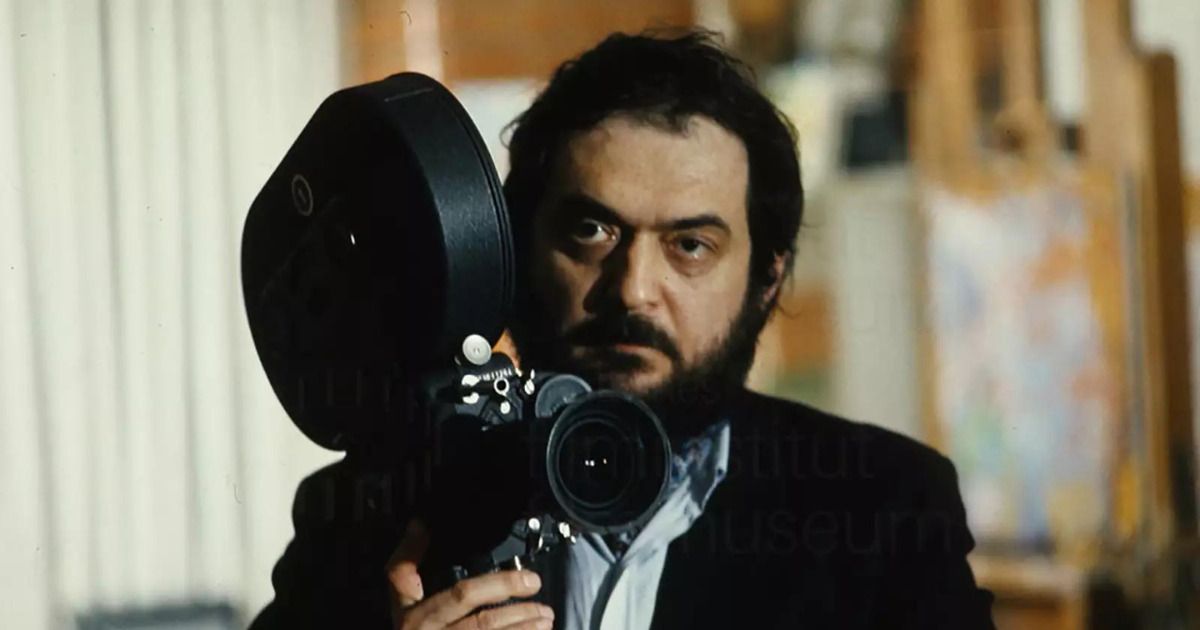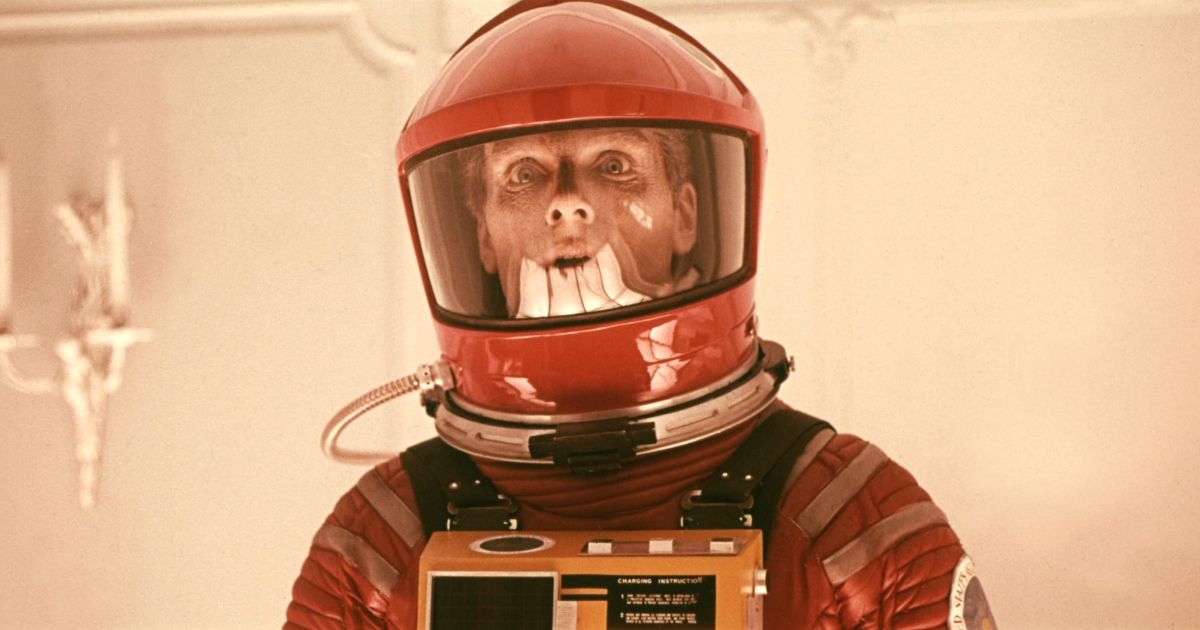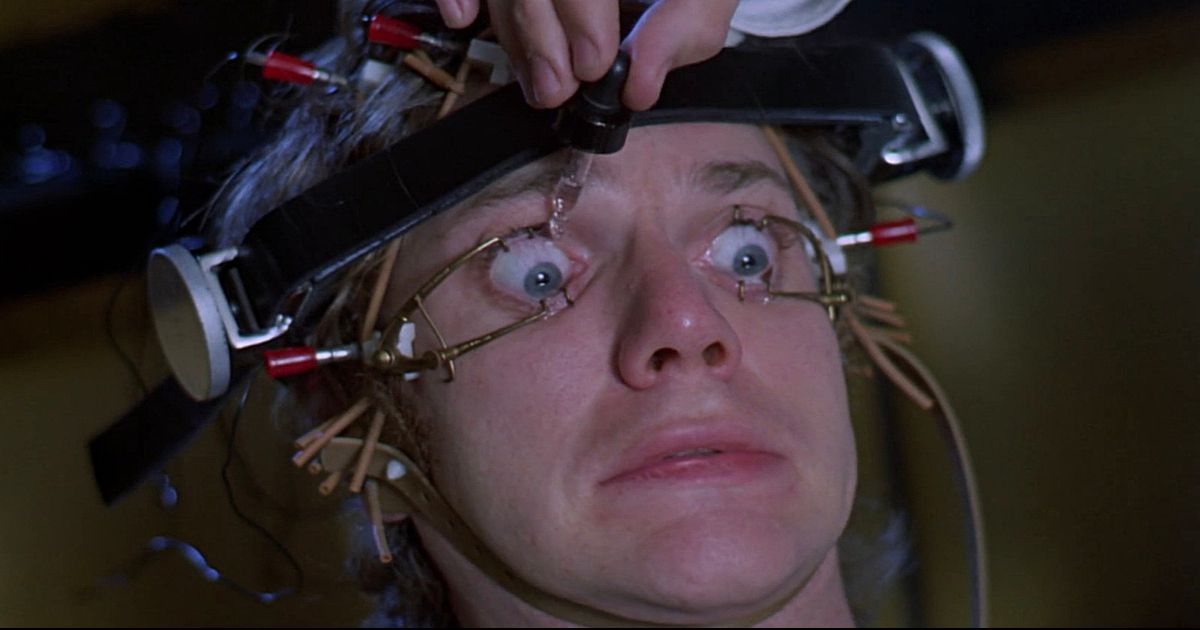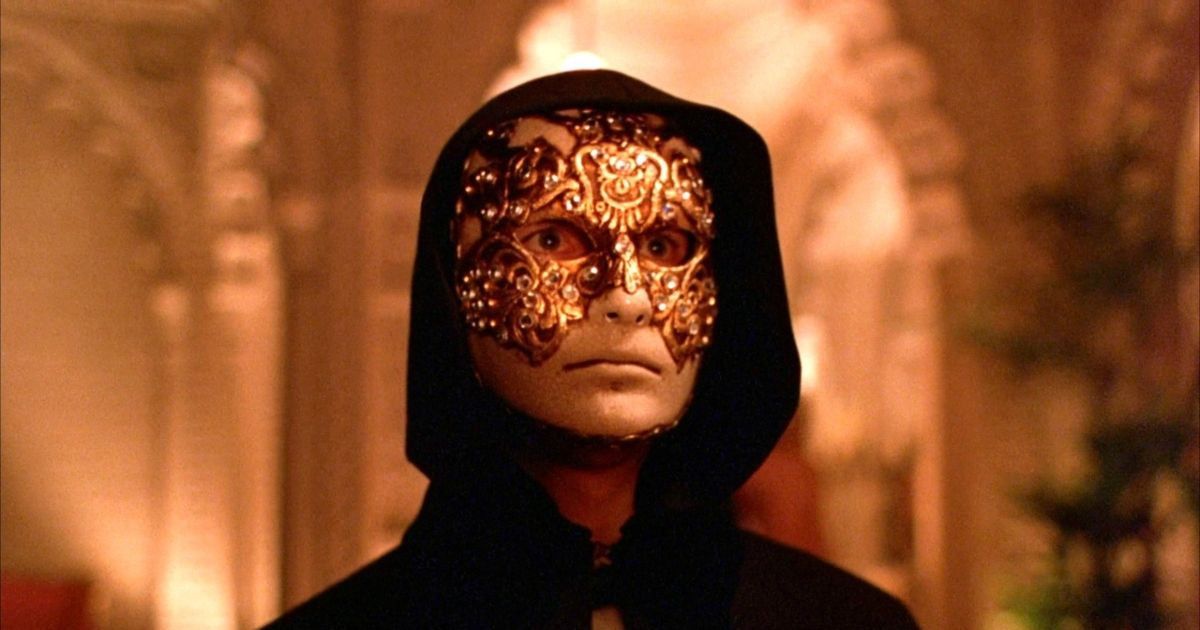Stanley Kubrick is one of the most celebrated filmmakers of all time, known for his unique style, technical brilliance, and thought-provoking film narratives. He directed only thirteen feature films throughout his career, but each one has left an indelible mark on the world of cinema. From the epic science-fiction masterpiece 2001: A Space Odyssey to the disturbing psychological horror film The Shining, Kubrick's films are revered for their complex themes, innovative storytelling, and meticulous attention to detail.
One of the hallmarks of Kubrick's films is his use of symbolism to convey deeper meanings and themes. Symbolism is a powerful tool in cinema that allows filmmakers to communicate complex ideas and emotions through visual language. Kubrick was a master of this technique, and his films are filled with hidden meanings and symbols that require a closer look to fully appreciate.
Here's how one of cinema's greatest auteurs utilized hidden meanings and symbolism to create phenomenal films.
Color Symbolism in Kubrick's Films
In 2001: A Space Odyssey, the color scheme changes throughout the film, with different colors used to represent different aspects of the story. For example, red and blue are used to represent the opposing forces of technology and nature. Red is often associated with the technology and machines that dominate the film, while blue is used to represent the natural world, such as the oceans and sky.
In addition, Kubrick also uses black and white to great effect in 2001: A Space Odyssey. The opening sequence of the film, which features a group of apes discovering a mysterious black monolith, is shot entirely in black and white. This serves to contrast the primitive world of the apes with the advanced technology of the monolith.
The Shining also uses color to convey different themes and emotions. In this film, the color red is particularly significant. It is used to represent danger, violence, and death. For example, the elevator doors that open to reveal a river of blood are bathed in red light, creating a sense of dread and foreboding. On the other hand, Kubrick also uses the color yellow to create a sense of unease and discomfort in The Shining. The hotel's interior is awash in shades of yellow, from the carpets to the walls, creating a sickly, claustrophobic atmosphere.
How Kubrick Uses Sound to Tell a Story
A Clockwork Orange is a disturbing and controversial film that explores themes of violence, free will, and the corrupting influence of power. One of the most striking aspects of the film is its use of music. Kubrick deliberately chose classical music to underscore the brutal and savage acts committed by the film's protagonist, Alex. The use of Beethoven's Ninth Symphony in the film's infamous Ludovico Technique sequence, where Alex is subjected to psychological conditioning, is particularly effective. The juxtaposition of the beautiful music with the brutal imagery creates a disturbing and unsettling effect that lingers long after the film is over.
Kubrick also makes use of electronic music in A Clockwork Orange. The film's iconic opening sequence, set to Walter Carlos's synthesizer version of Purcell's Music for the Funeral of Queen Mary, sets the tone for the film's futuristic and dystopian world. The use of electronic music in the film reflects Kubrick's fascination with technology and his belief that it would have a profound impact on human society.
Full Metal Jacket is a harrowing depiction of the Vietnam War and its effect on the soldiers who fought in it. One of the most striking aspects of the film is its use of sound effects. Kubrick deliberately chose to use the sound of helicopters throughout the film to create a sense of disorientation and chaos. The sound of the helicopters is a constant presence in the film, and it becomes a symbol of the war itself.
Kubrick also makes use of gunshots and explosions in Full Metal Jacket. These sounds are used to create a sense of danger and tension, and they serve as a reminder of the violence that permeates every aspect of the soldier's life. The use of sound effects in Full Metal Jacket is a testament to Kubrick's mastery of the medium and his ability to use every tool at his disposal to create a visceral and unforgettable cinematic experience.
The Symbolism of Objects in Kubrick's Filmography
In Eyes Wide Shut, Kubrick used masks to symbolize the personas that people put on in society. The masks that the characters wear at the orgy represent the different roles that they play in their everyday lives. The masks give them the freedom to explore their desires without judgment or repercussions. However, once the masks are removed, they are forced to confront their true selves and the consequences of their actions.
Kubrick also used mirrors in Eyes Wide Shut to reflect the duality of his character's personalities. The mirrors show the character's public and private selves and highlight the contrast between them. The use of mirrors also emphasizes the theme of voyeurism, which is prevalent throughout the film.
In Dr. Strangelove, Kubrick used the Coca-Cola machine to symbolize the pervasiveness of American capitalism and consumerism. The machine is a constant presence in the war room, and its placement highlights the absurdity of the situation. The machine is also a nod to the Cold War, as Coca-Cola was one of the first American products to be sold in the Soviet Union.
Kubrick also used the doomsday machine in Dr. Strangelove to underscore the danger of nuclear war. The doomsday machine is a device that will automatically trigger a nuclear war if the Soviet Union were to be attacked. The absurdity of the situation is that the machine is designed to be unstoppable, and it will destroy all life on Earth. The doomsday machine highlights the folly of the nuclear arms race and the danger of unchecked technological progress.
Stanley Kubrick's ability to convey complex ideas and emotions without explicitly stating them was a testament to his talent as a filmmaker. His legacy continues to inspire filmmakers to this day, and his contribution to the art of cinema will never be forgotten.




